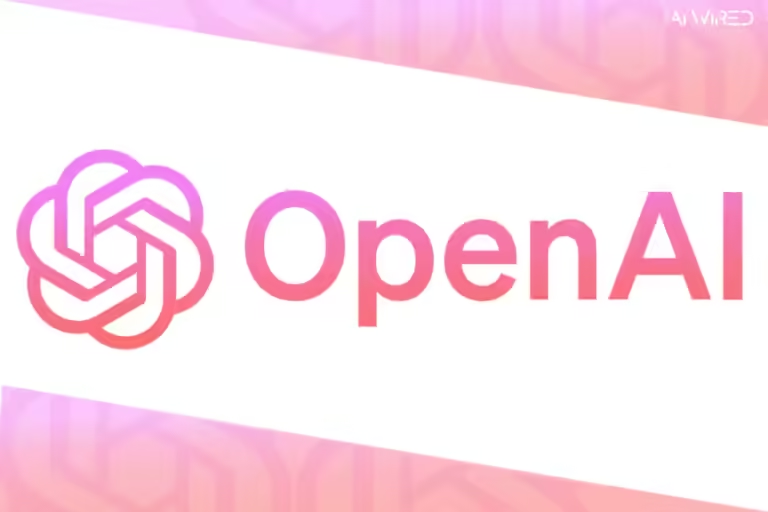
NVIDIA Collaborates with Google Quantum AI on Next-Gen Quantum Computing
NVIDIA collaborates with Google Quantum AI to accelerate the design of next-generation quantum computers with the CUDA-QTM platform.
Today, NVIDIA announced that it is working with Google Quantum AI to speed up the design of its next-generation quantum computers. We will power simulations for this purpose with the NVIDIA CUDA-QTM platform.
Google Quantum AI is testing the physics of its quantum processors using the NVIDIA Eos supercomputer and the hybrid quantum-classical computing platform.
As things stand, quantum computing hardware can only handle a certain number of operations before it has to stop because of something researchers call “noise.” This solution will help overcome this issue.
“We can only make quantum computers that are useful for business if we can make quantum hardware bigger while keeping noise in check,” said Guifre Vidal, a research scientist at Google Quantum AI. “Using NVIDIA accelerated computing, we’re looking into what noise does to designs for quantum chips that are getting bigger and bigger.”
To fully understand noise in quantum hardware designs, we need complex dynamical simulations that can completely show how qubits in a quantum processor interact with their surroundings.
Historically, it has been too expensive to run these simulations on a computer. By utilizing the CUDA-Q platform, Google can leverage the 1,024 NVIDIA H100 Tensor Core GPUs on the NVIDIA Eos supercomputer to conduct one of the world’s largest and fastest dynamical simulations of quantum devices at a significantly lower cost.
AI Supercomputers Boost Quantum Computing
It will be helpful for quantum computing if AI supercomputers work well, said Tim Costa, director of quantum and HPC at NVIDIA. Google’s use of the CUDA-Q platform shows how important GPU-accelerated simulations are for making quantum computing better at solving problems in the real world.
Google can make realistic simulations of devices with 40 qubits using CUDA-Q and H100 GPUs. These are the largest simulations of their kind to date. CUDA-Q’s simulation techniques enable the completion of noisy simulations in minutes, which previously took a week.
Everyone will be able to use the software that runs these faster dynamic simulations thanks to the CUDA-Q platform. This will let quantum hardware engineers quickly scale their system designs.


